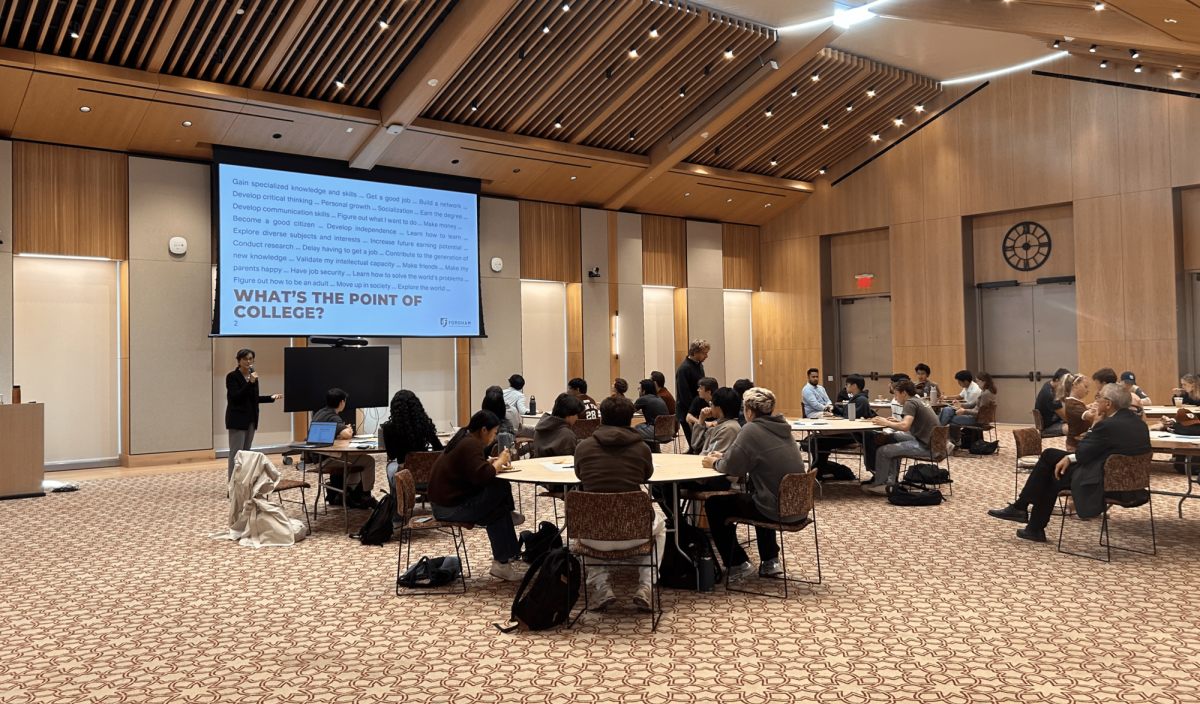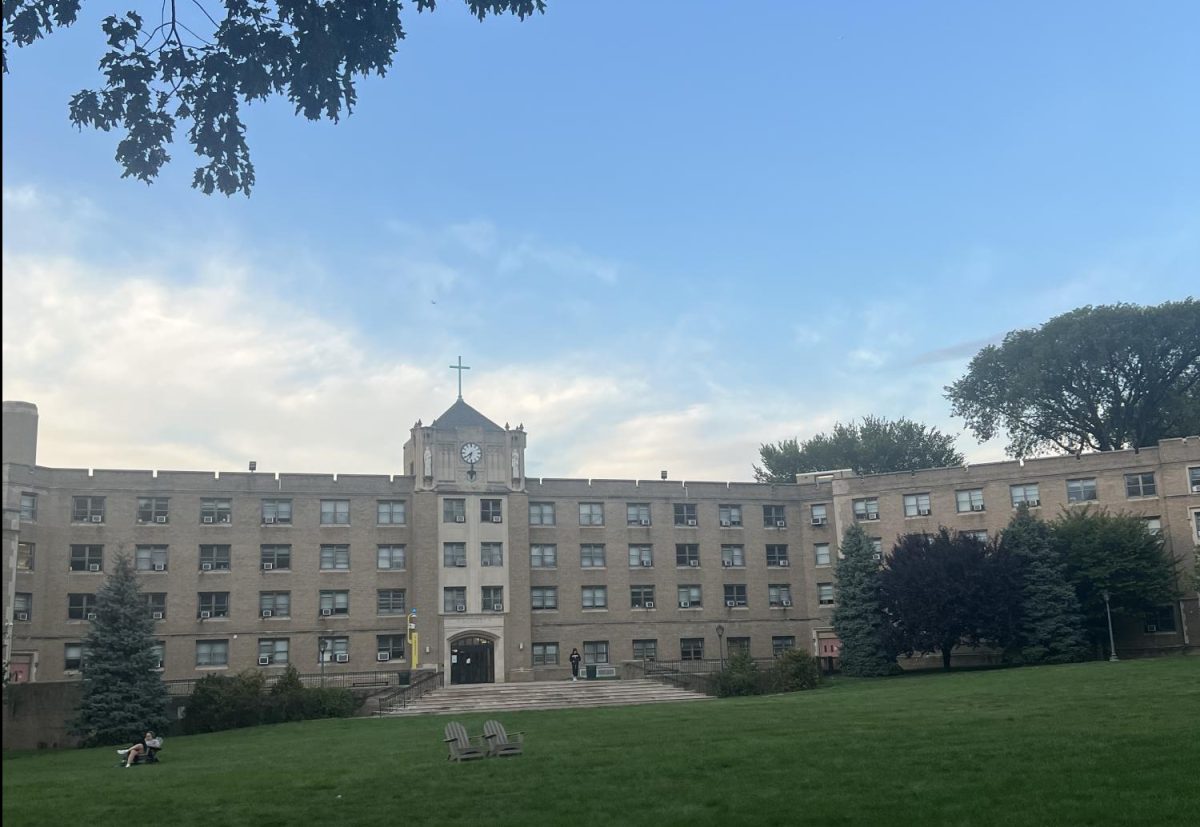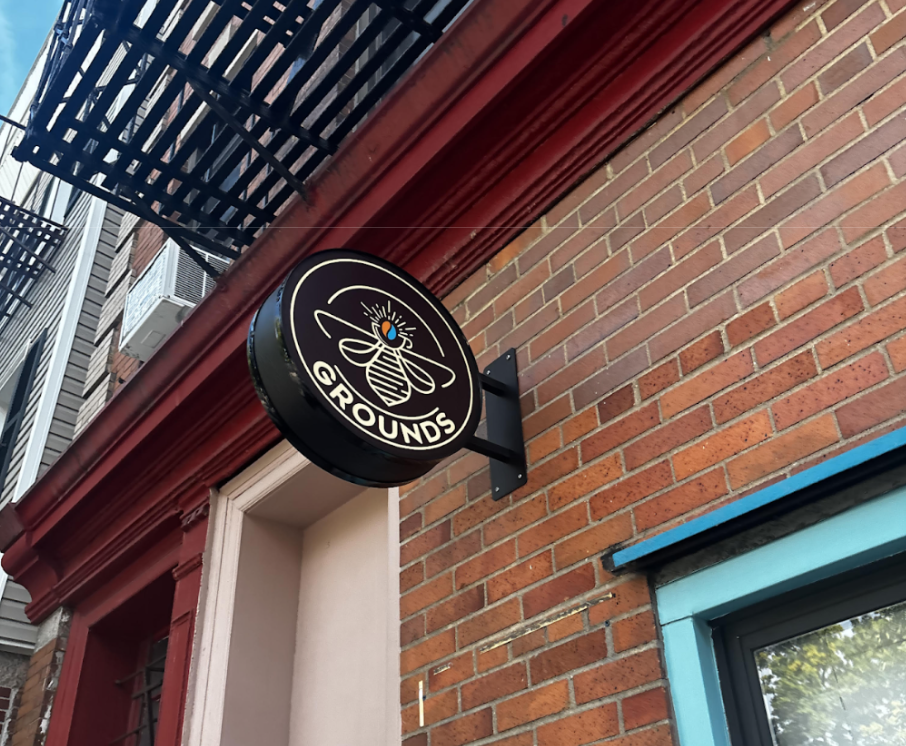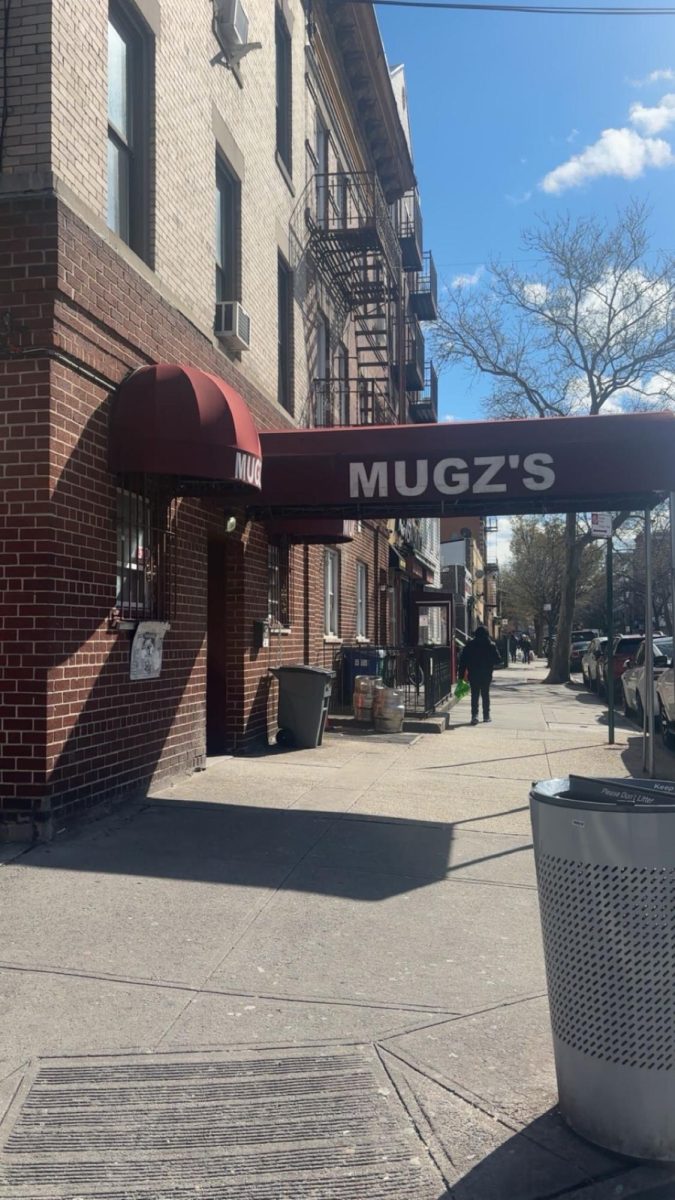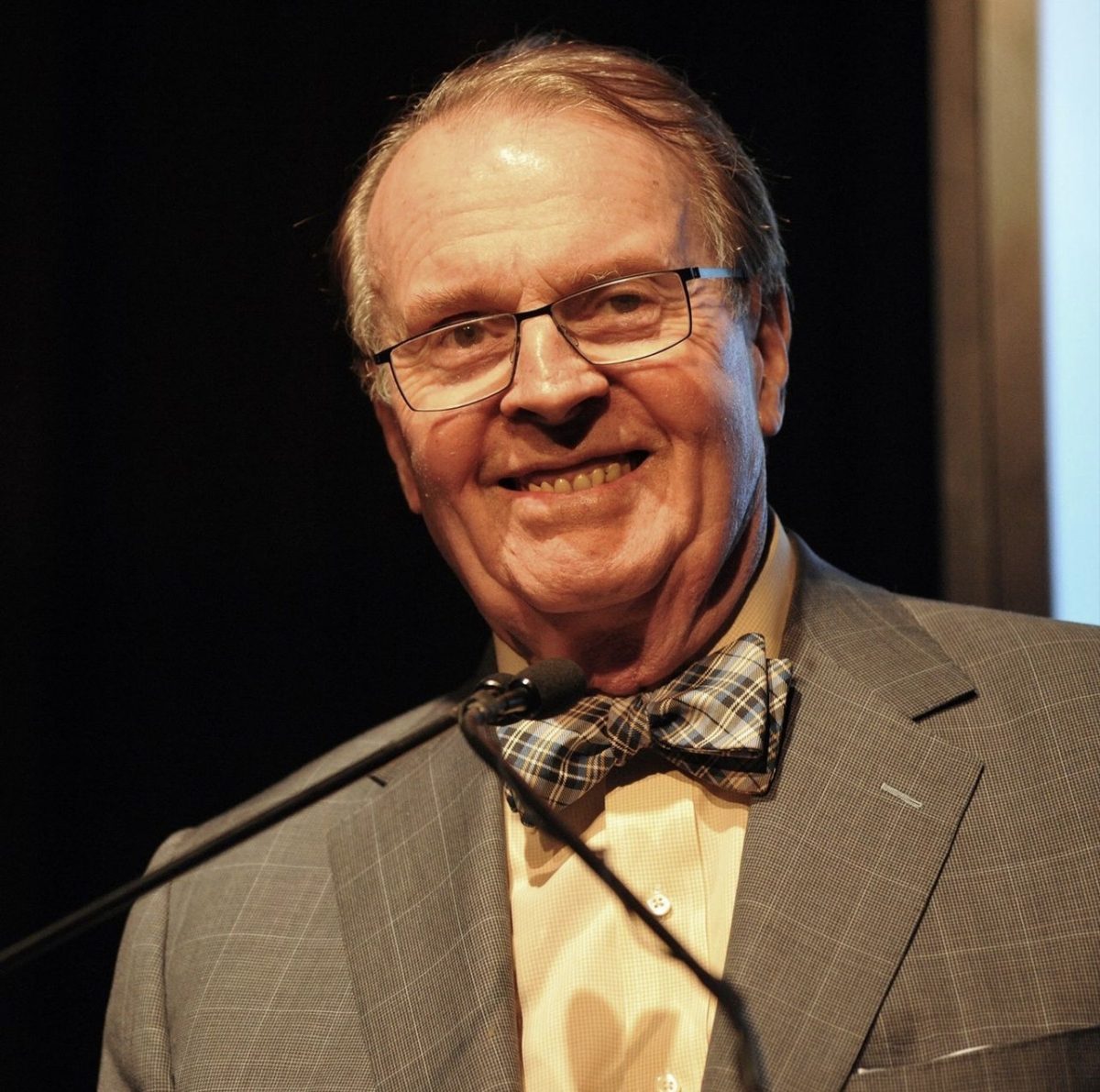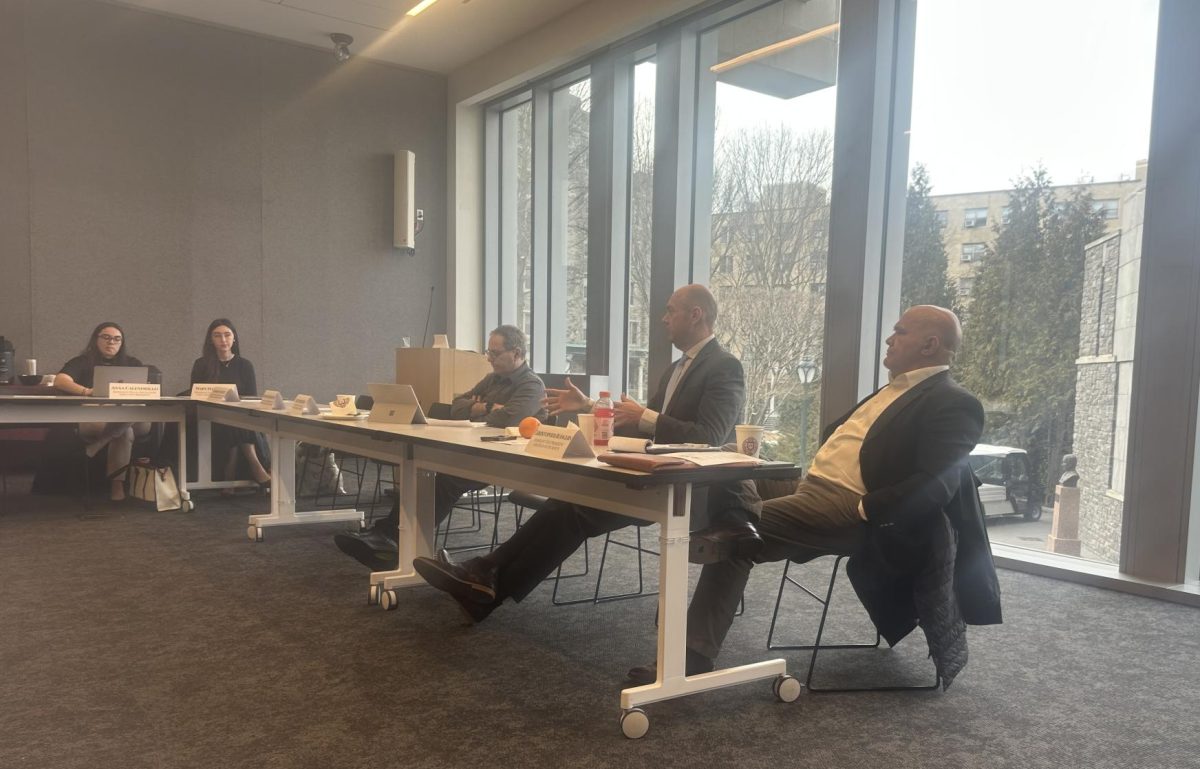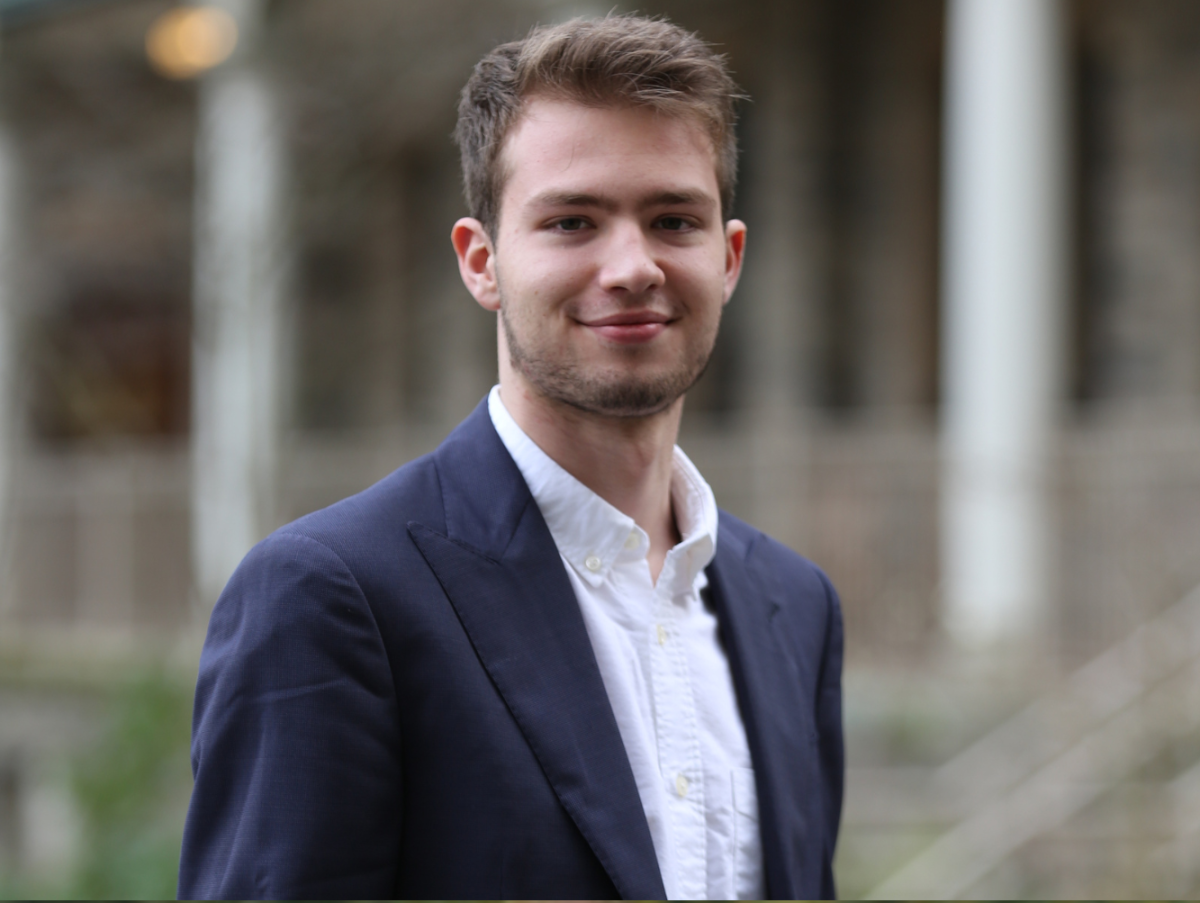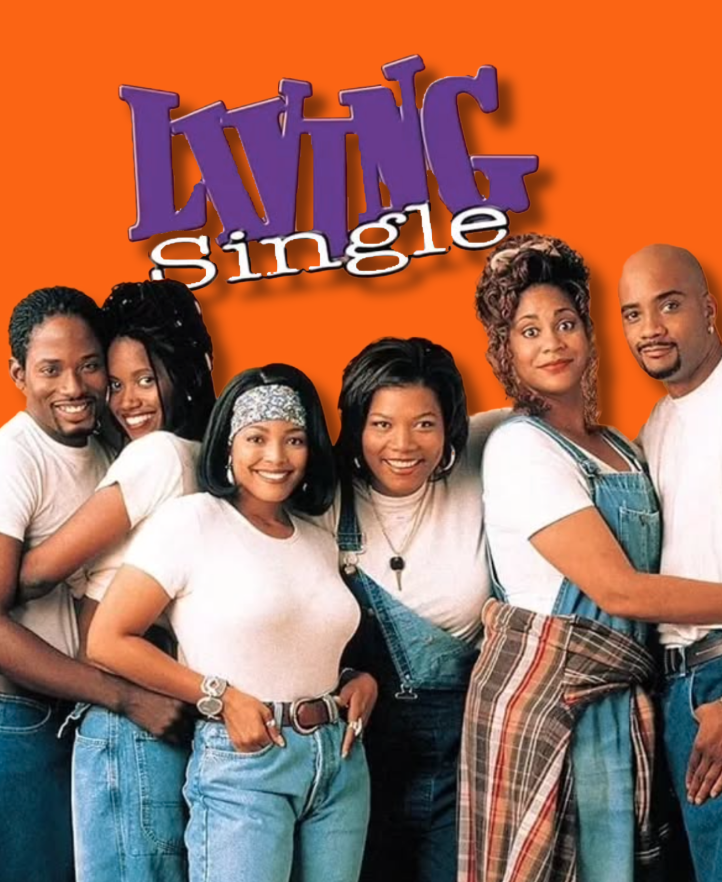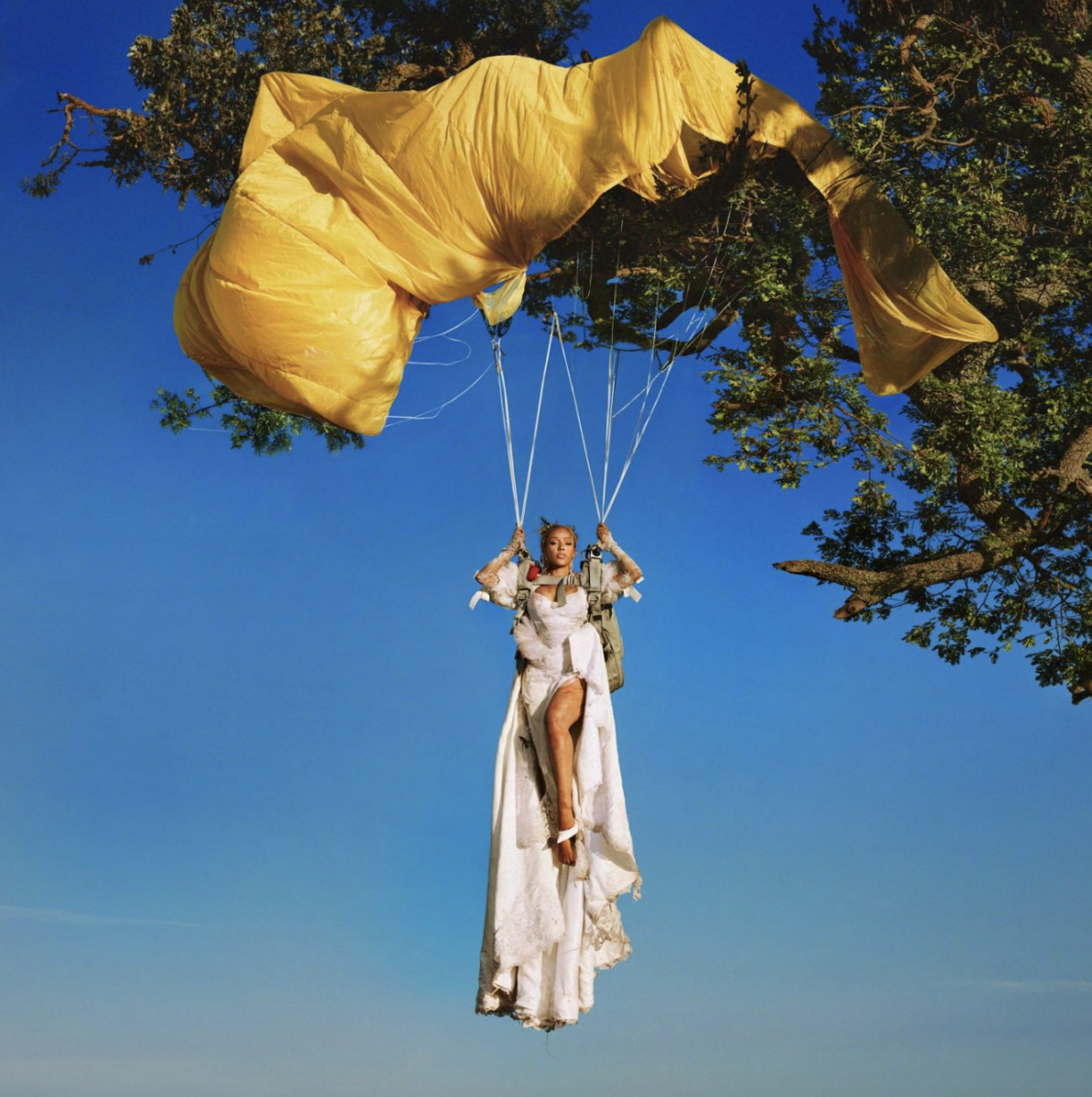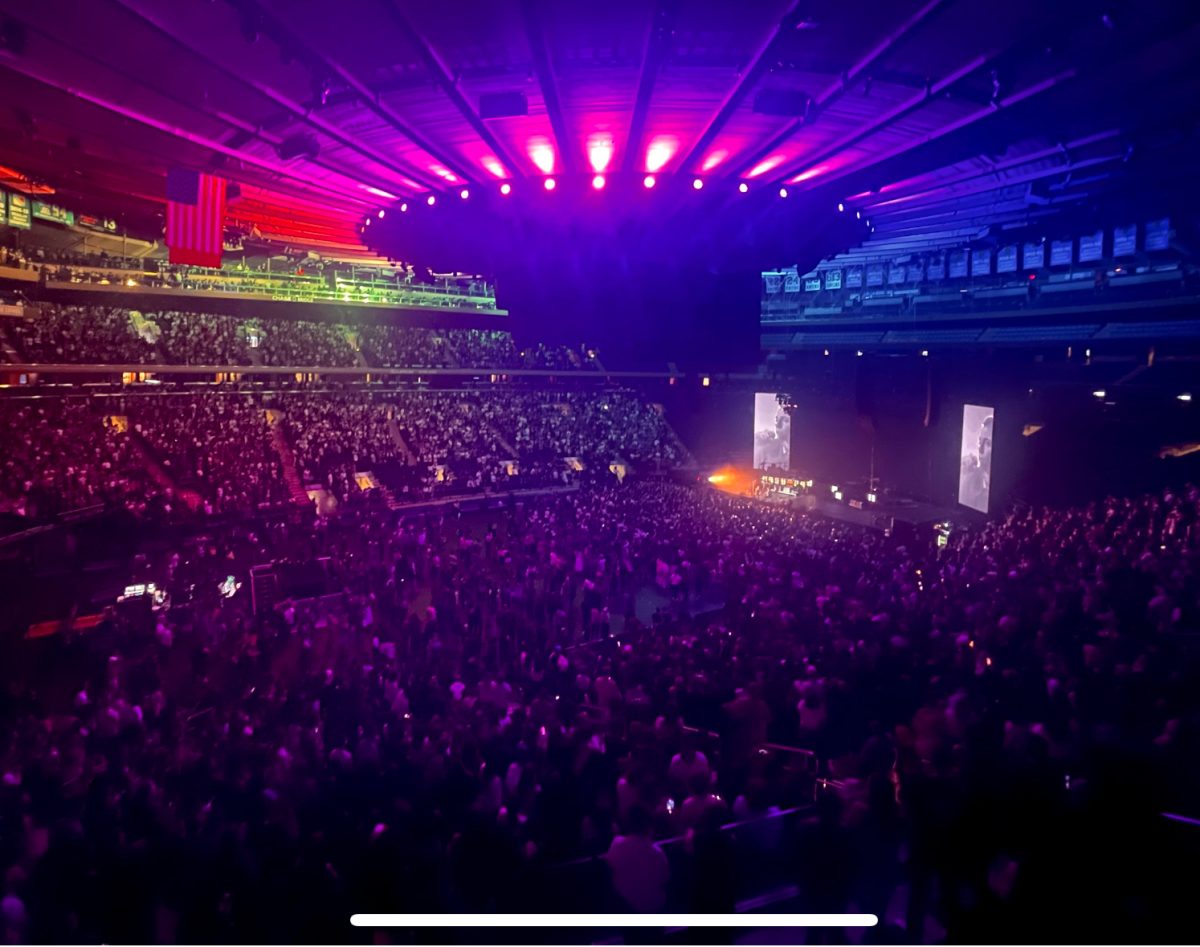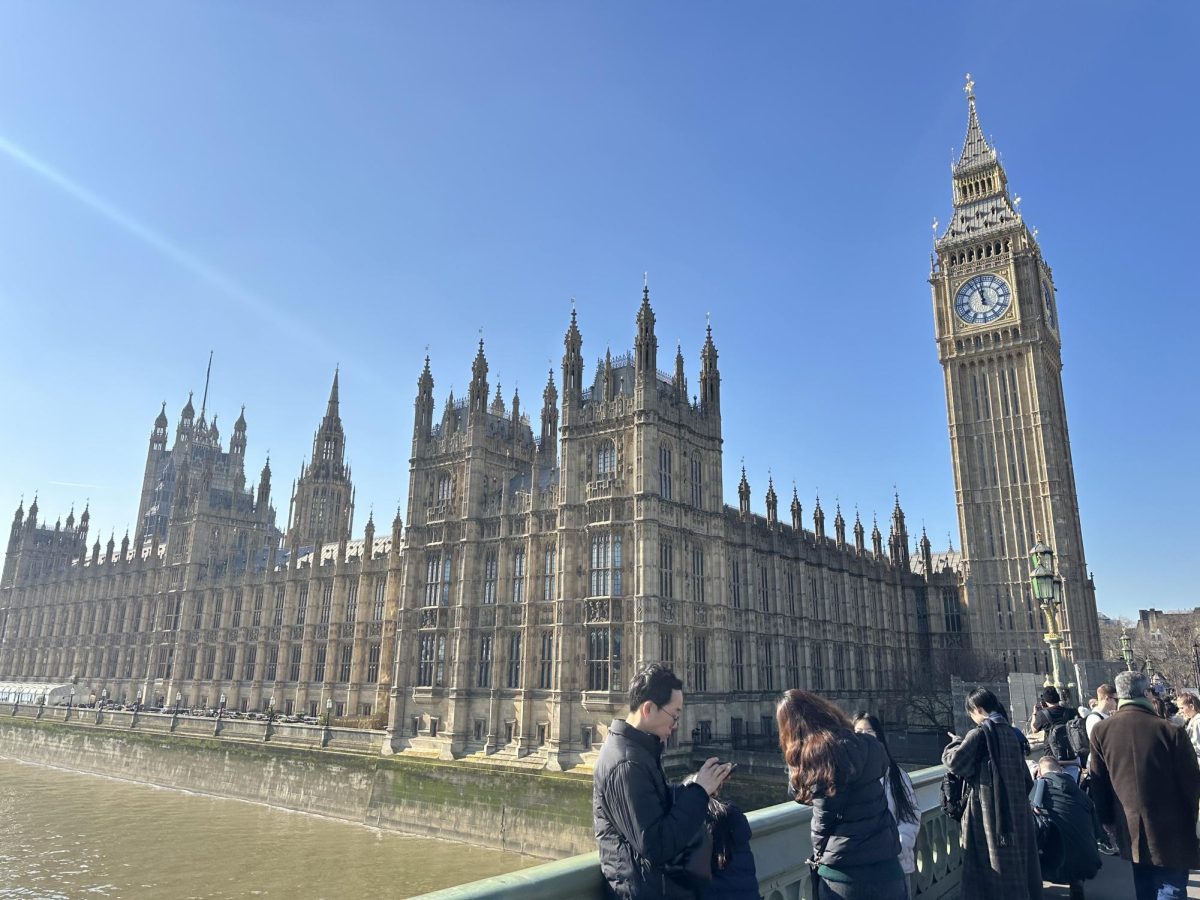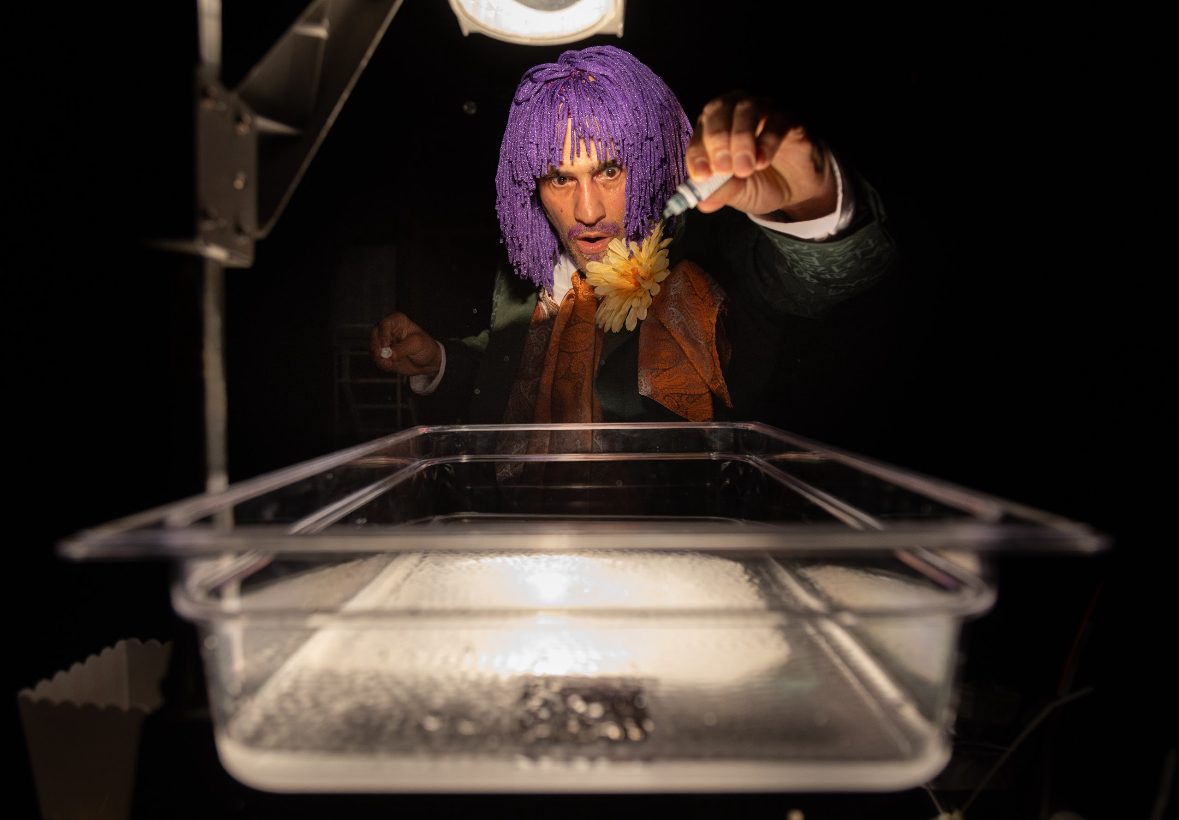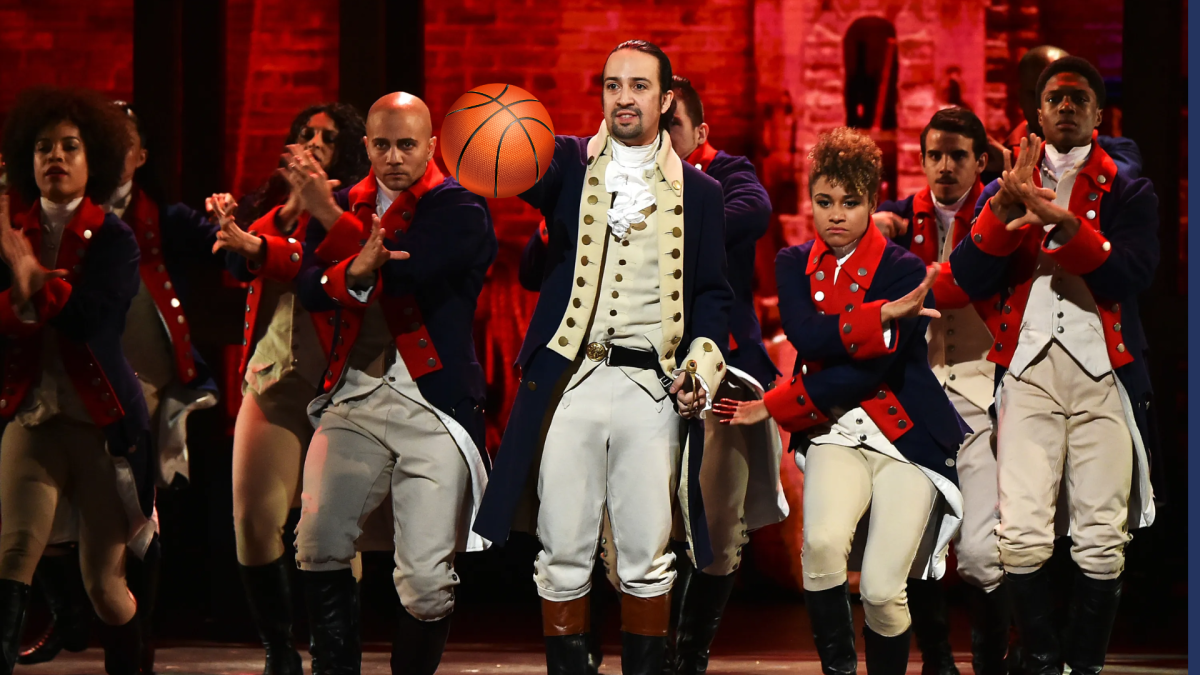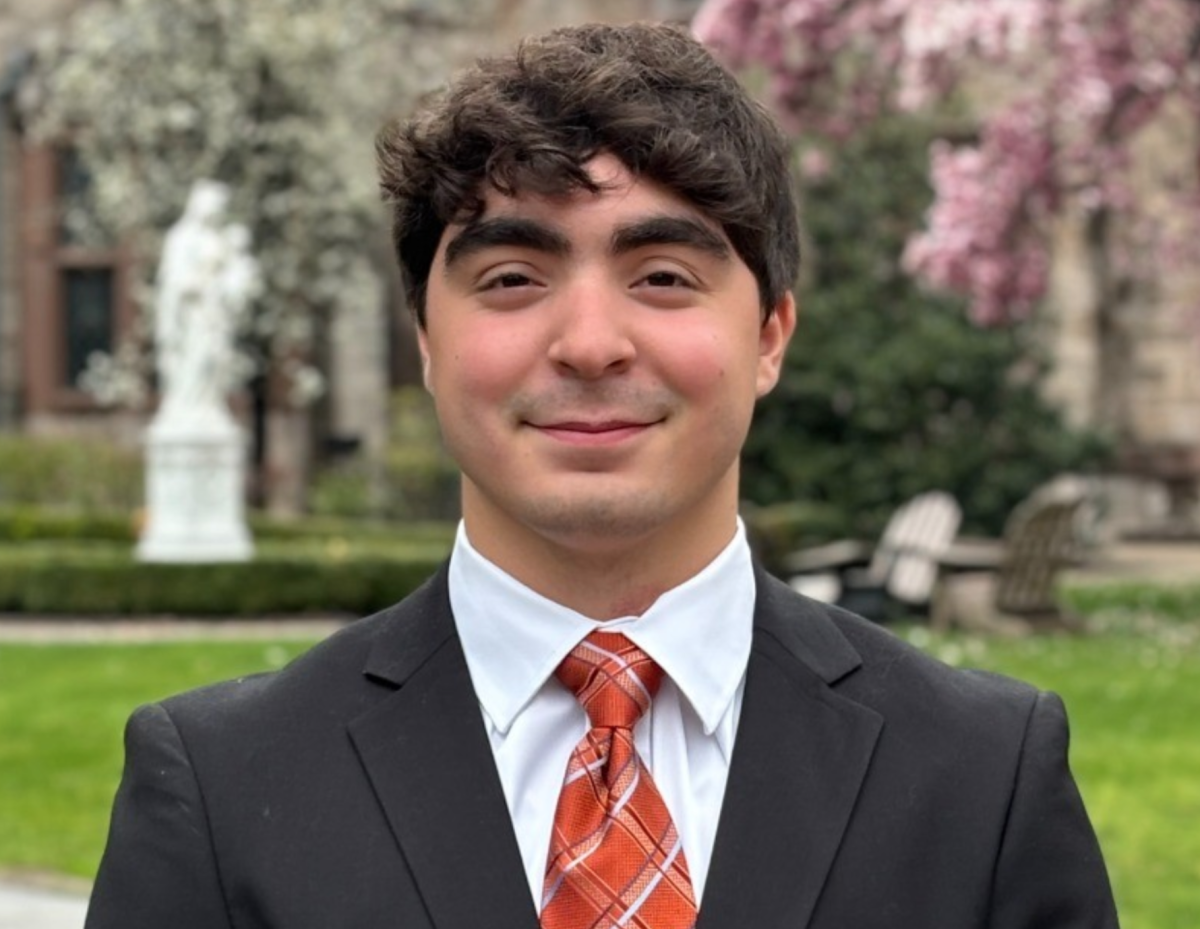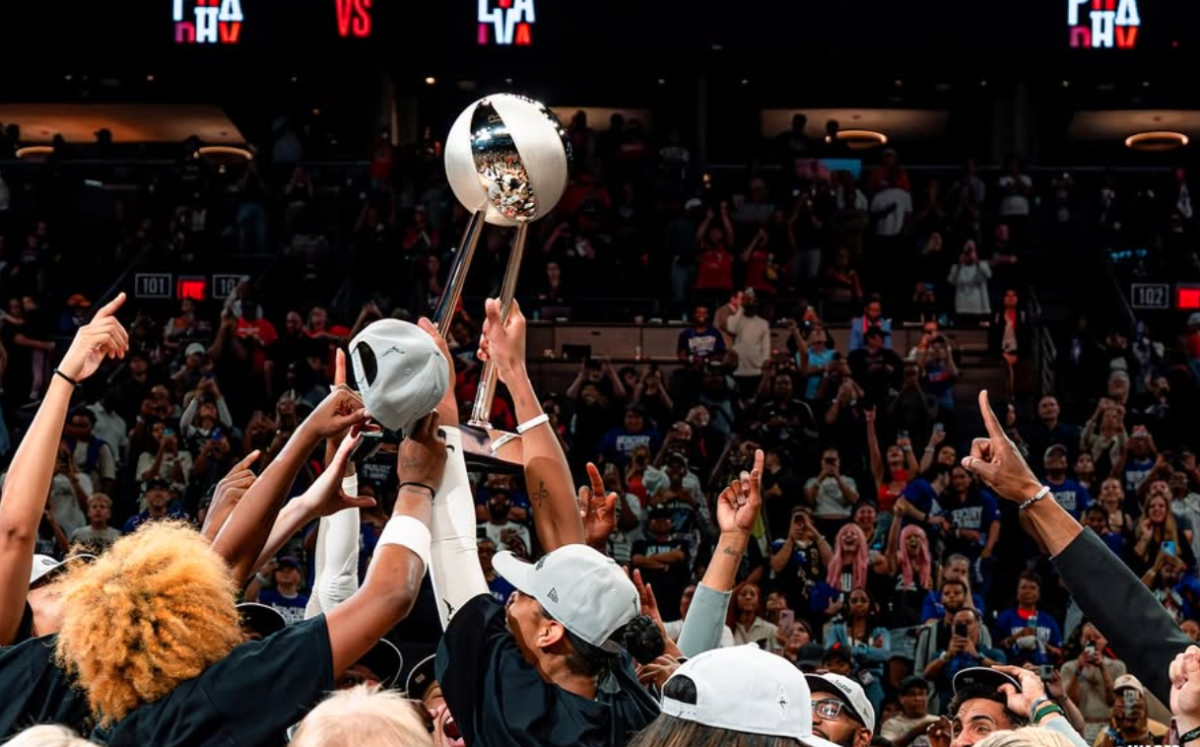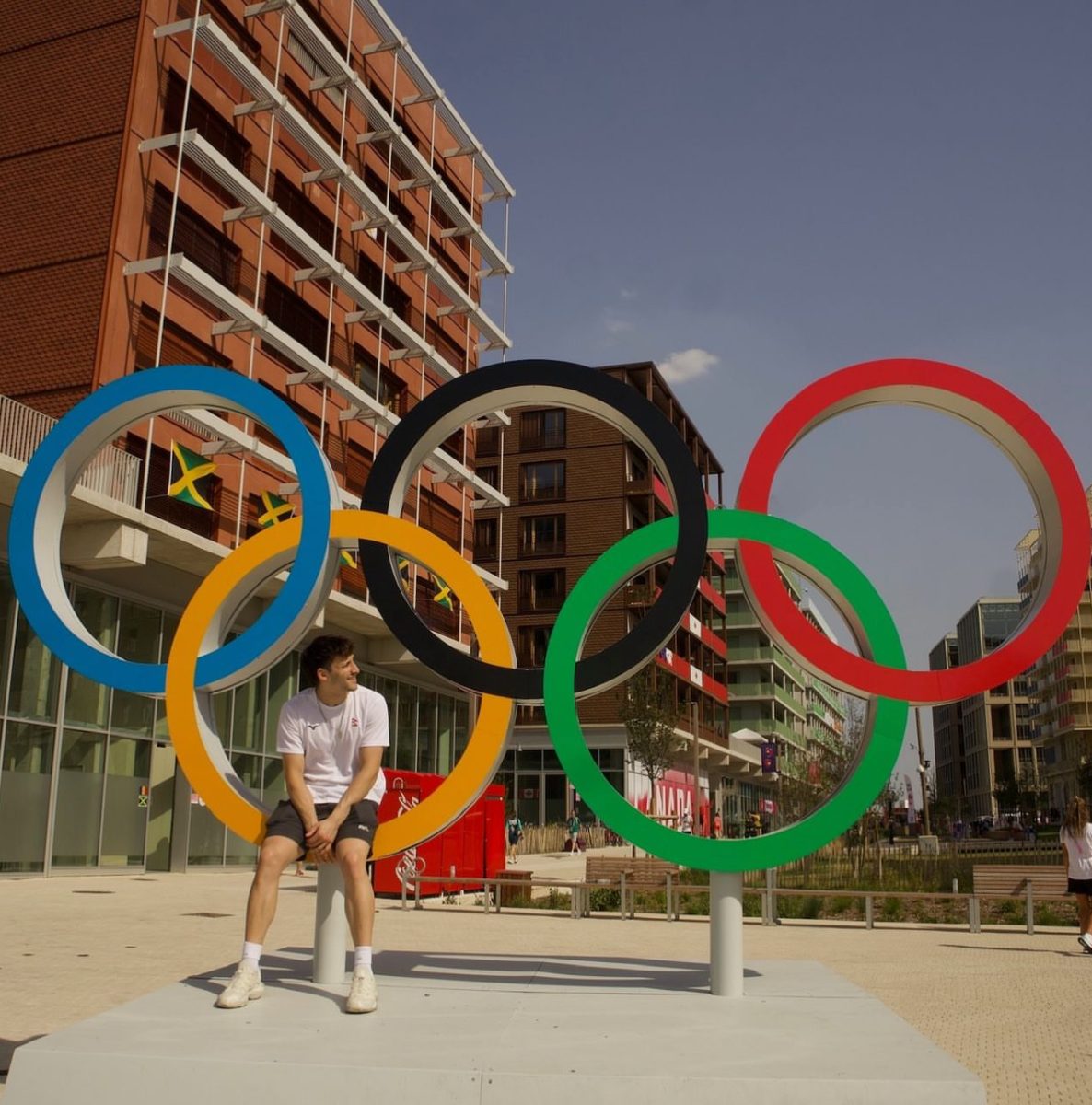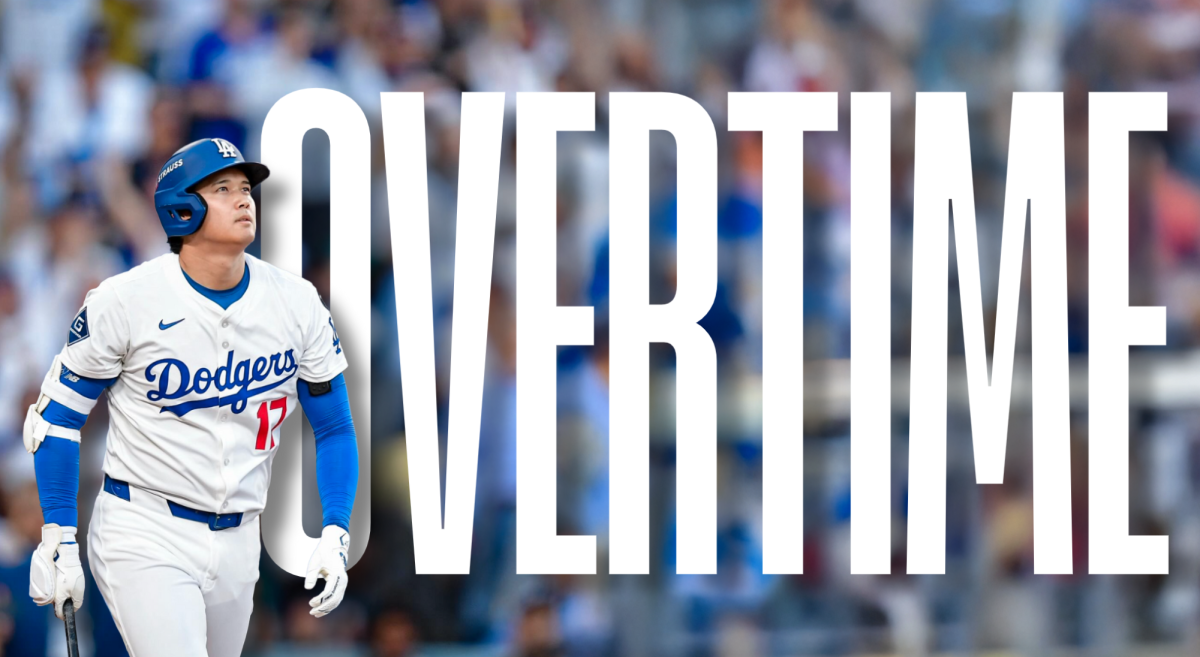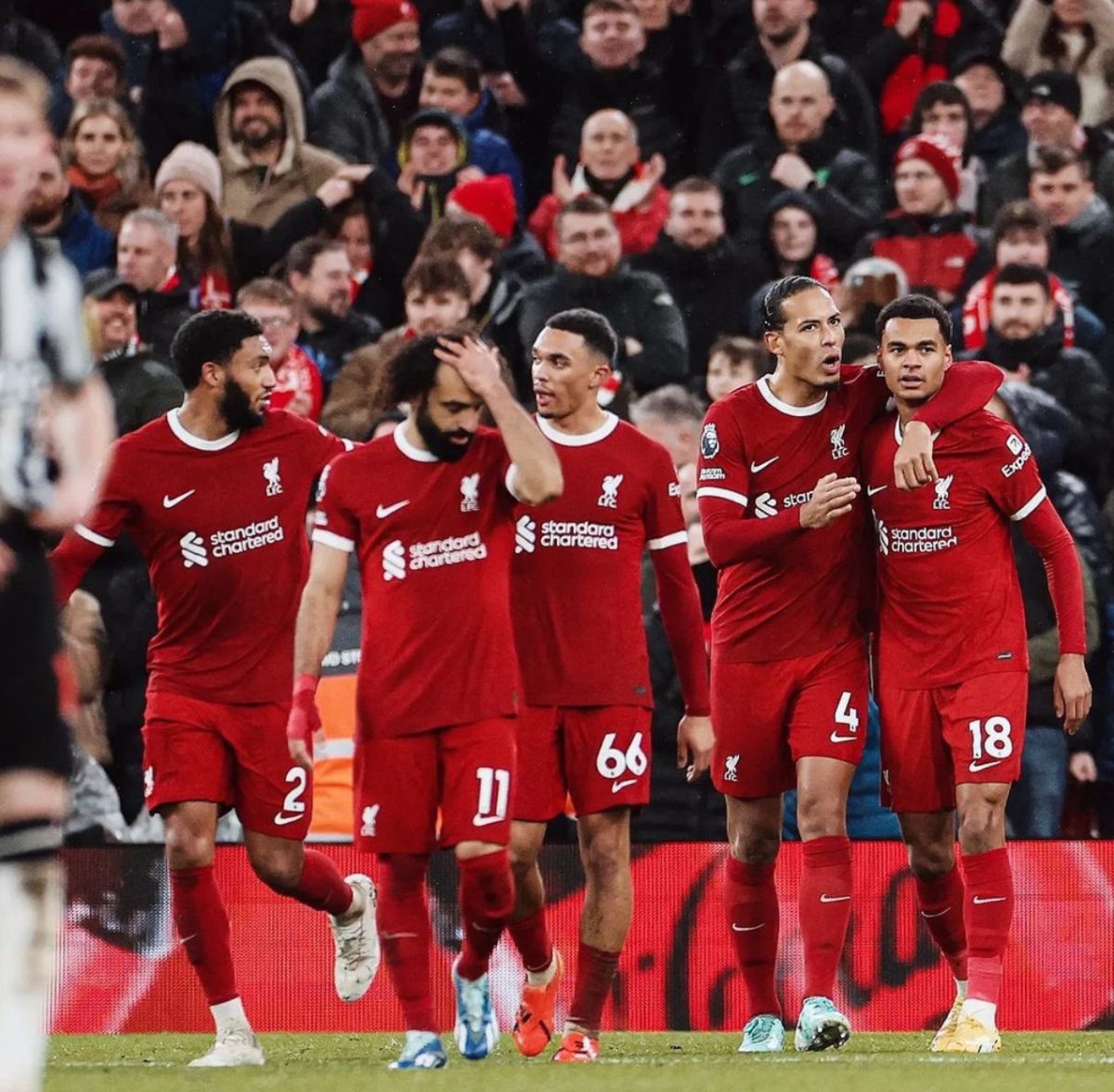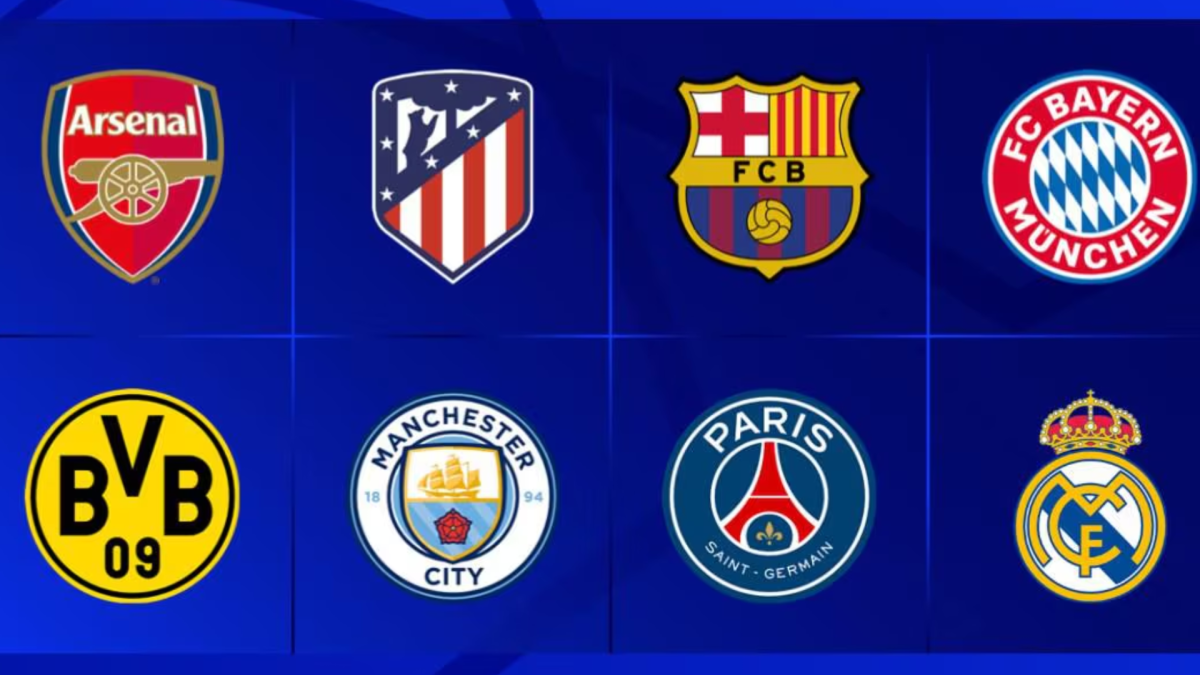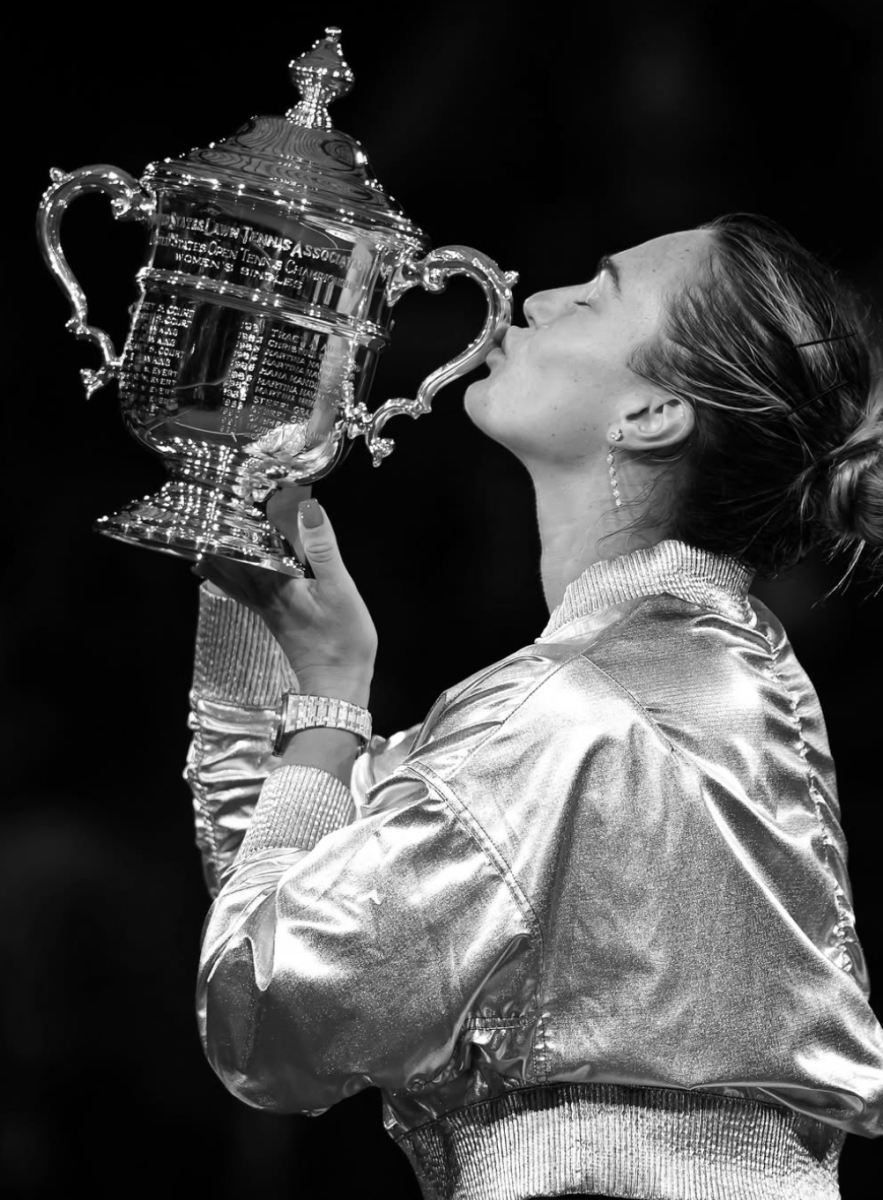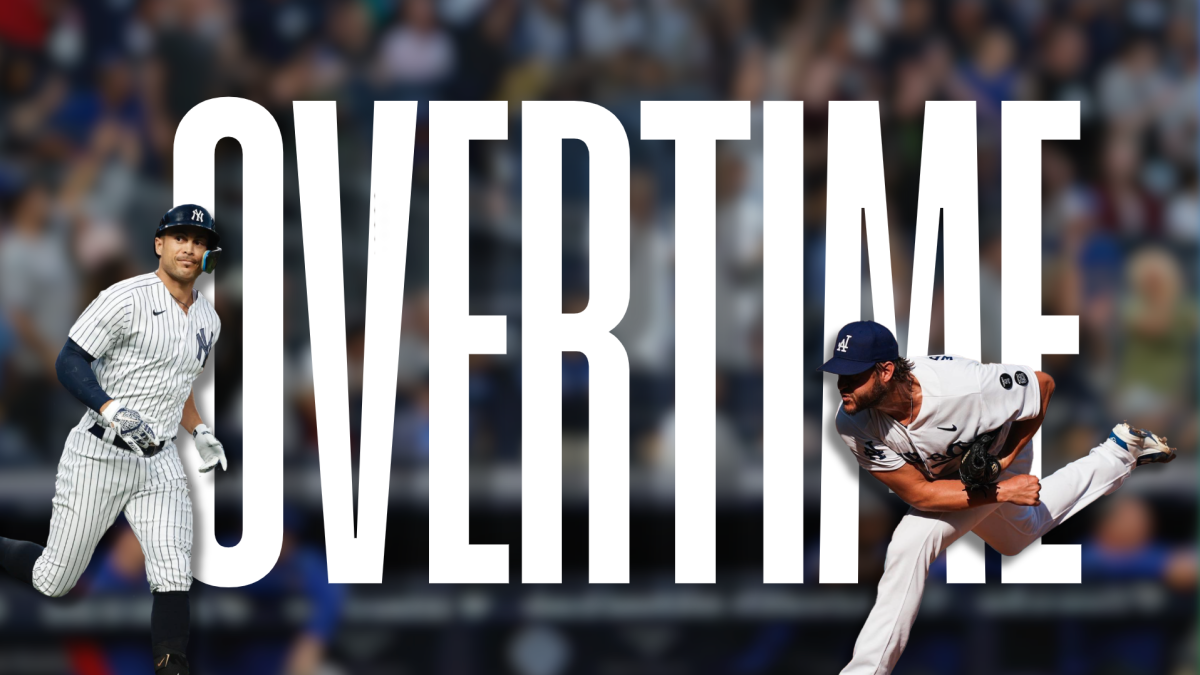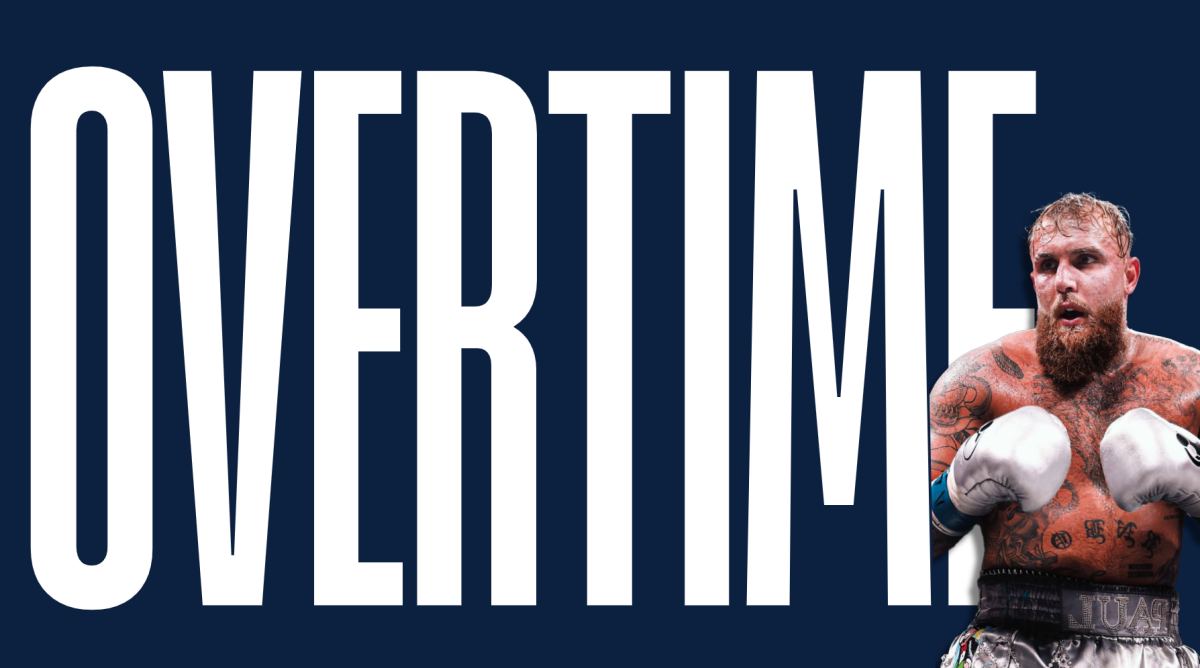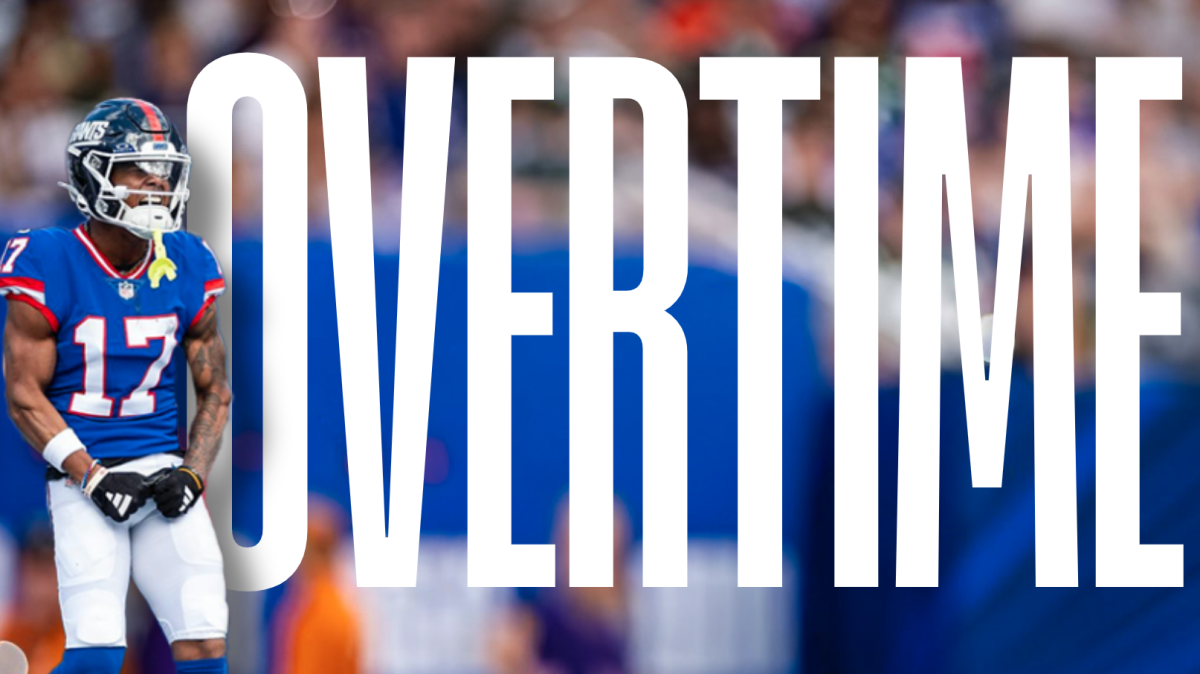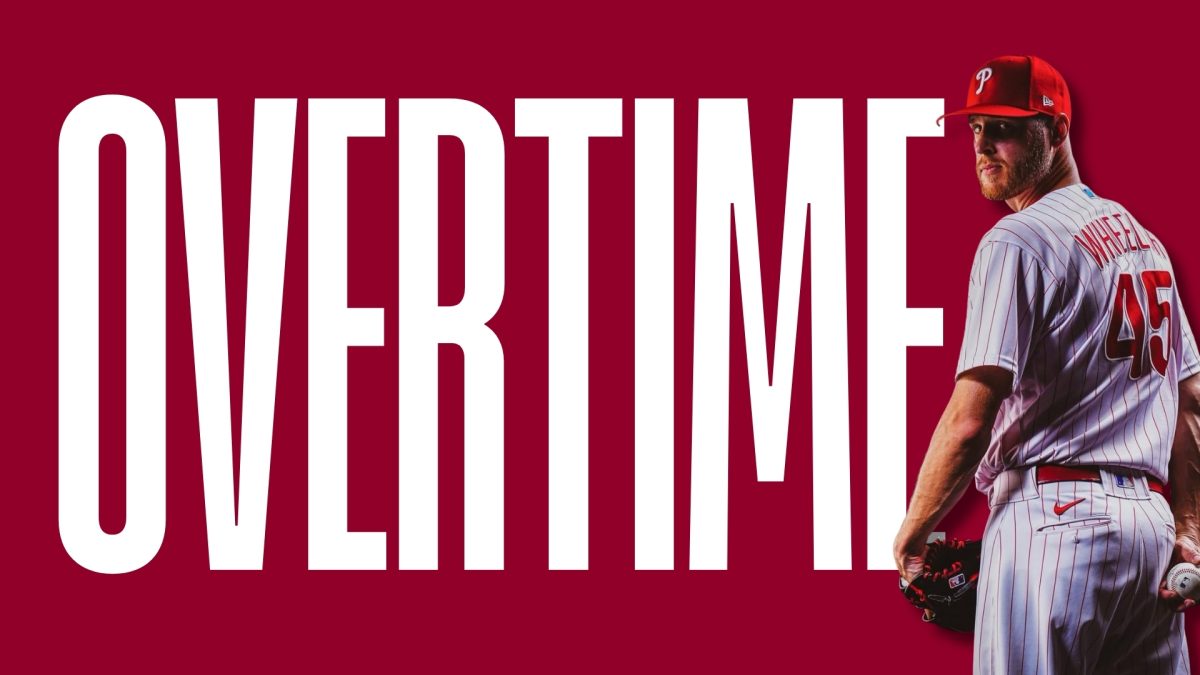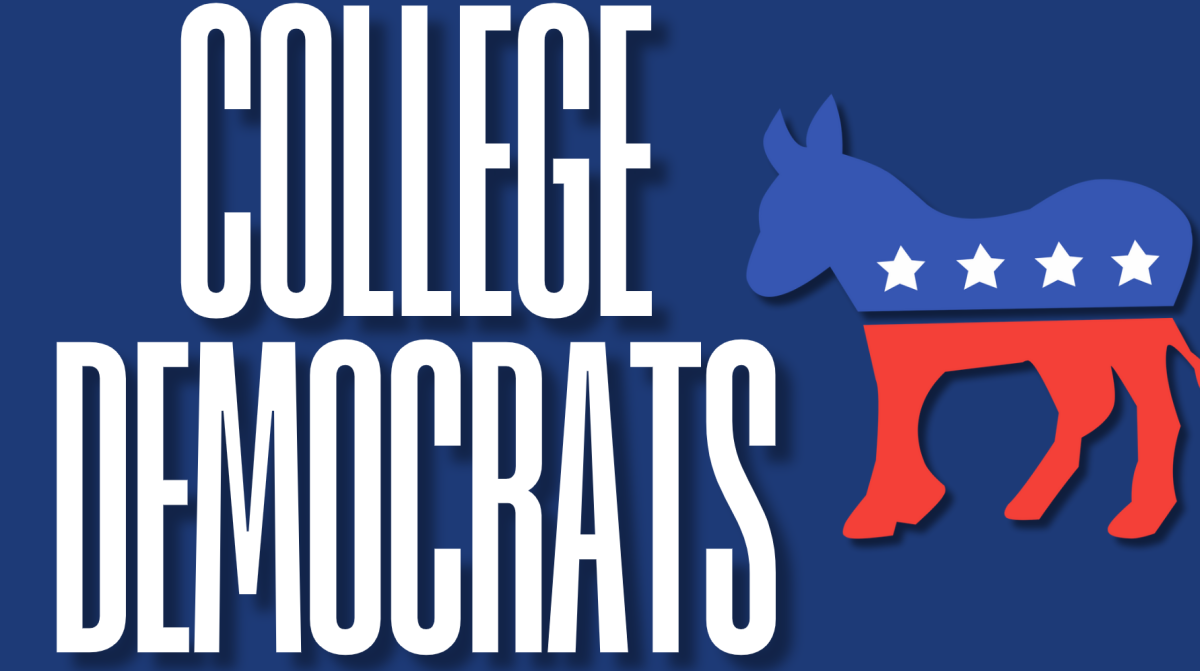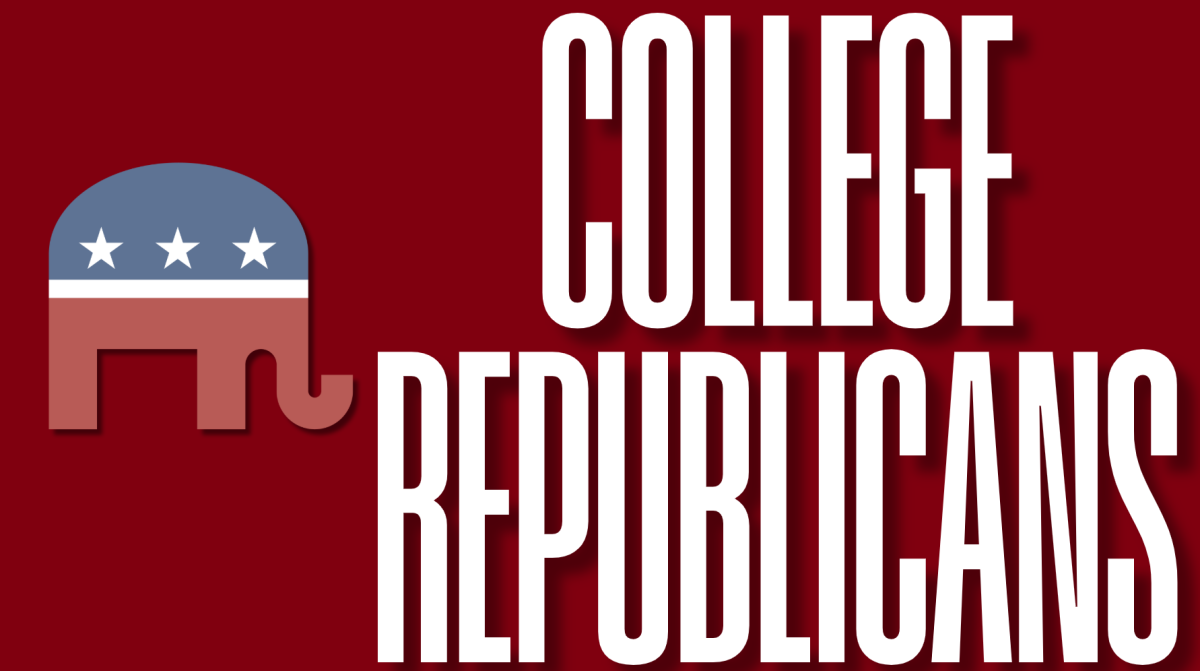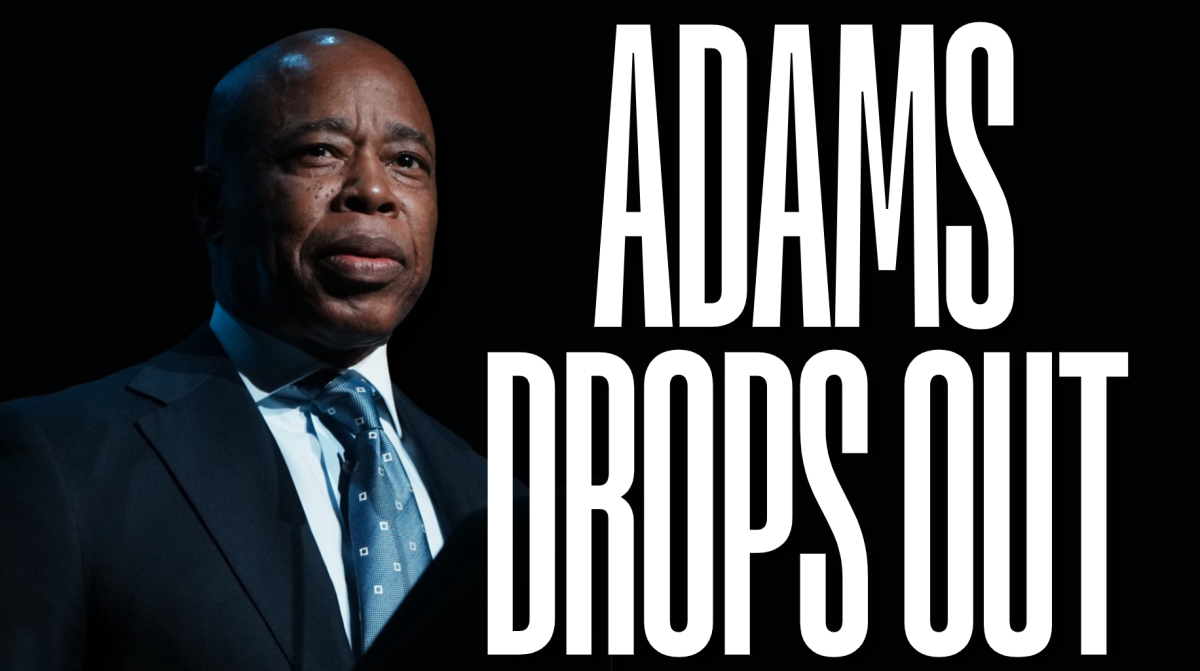Senator Bernie Sanders and Representative Alexandria Ocasio-Cortez are currently on a “Fighting Oligarchy” tour. But the timing of the tour seems off, especially given how the Democratic Party is hardly in a position to govern, as it just recently failed to obtain majorities in Congress.
On Sanders’ website, the tour is described as focusing on how to “[M]ove forward to take on the Oligarchs and corporate interests who have so much power and influence in this country.”
The Democratic duo has made stops in cities ranging from Folsom, California, to Tucson, Arizona, with Sanders summarizing what the tour means to him, saying, “people understand you have to be blind not to see that what we have today is a government of the billionaires, by the billionaires and for the billionaires.”
However, the rationale for spending funds on private jets, venues and organization efforts could be better spent closer to Election Day, rather than now, when we’re a year-and-a-half out from the next contest to reshape Congress.
Both Republicans and Democrats agree that political financial contributions are a mess. For example, billionaire George Soros has been repeatedly called out for his extensive and exclusive funding of Democratic campaigns.
The source of the issue is a nearly two-decade-old precedent that was set by the Supreme Court of the United States. In 2010, the Supreme Court ruled in Citizens United v. Federal Election Commission that corporations can pour unlimited funds into political advertisements, which helped pave the way for super Political Action Committees (PACs) to dominate the political sphere. But why this ruling matters, in the sense of the “Fighting Oligarchy” tour, lies in how it focuses on only one side of the issue.
In total, there are roughly 2,500 super PACs that operate in the U.S. From Second Amendment rights, to education, to healthcare, the total amount super PACs spent throughout the 2024 election was approximately $2.69 billion to advocate on all sides of these issues and others. While both Democrats and Republicans gained respective advantages from the support of super PACs, Americans have seemingly come to just accept their existence, and while criticism over the influence of PACs is nothing new, the “Fighting Oligarchy” tour skips the traditional criticism.
Instead of shooting a straight arrow and calling out every special interest group, billionaire or millionaire whose hand is in the political cookie jar, Sanders has focused primarily on Elon Musk and how Republicans benefit from special interests and groups. Sanders has accused Musk of using his status as a “special government employee” to expand his wealth. Specifically, Sanders criticized Musk for his role in the Department of Government Efficiency (DOGE) and how he has begun cutting government waste and frivolous spending, saying to a crowd that DOGE and Musk “don’t give a damn about you.”
As a matter of fact, since Musk started DOGE, Musk’s Tesla has seen profits plummet, facilities and dealerships attacked and his net worth fall. Many Republicans in Congress also have a different view from Sanders, crediting Musk as a “bull in a China shop,” and praising DOGE’s work of cutting government spending as something productive.
Regardless, Democrats rebuke these praises and focus on the DOGE cuts themselves. Representative Melanie Stansbury, for instance, stated that legislators “can’t just sit here today and pretend like everything is normal,” and alleges that DOGE is “clearly breaking the law.”
Since the 2024 election, Musk has been known for his alliance with Republicans, and took to X two years before the 2024 election to say that the Democratic Party has “become the party of division & hate,” and for voters to “watch their dirty tricks campaign against me unfold.”
While Republicans might frame Musk’s message on X as being a Nostradamus-esque prediction of the “Fighting Oligarchy” tour’s focus, there is another element of the tour that Sanders and Ocasio-Cortez are trying to expand on: transforming the Democratic Party.
Prior to the start of the tour, and shortly after Kamala Harris’ failed run for president, Sanders had been openly criticizing Democrats for not being progressive enough. In one instance, Sanders fired back at Nancy Pelosi’s outrage at his criticism of the Democratic Party.
Doubling down on his fury at the overwhelming defeat of Democrats in November, Sanders stated, “Bottom line, if you’re a working person out there, do you really think that the Democratic Party is going to the max, taking on powerful special interests and fighting for you? I think the overwhelming answer is no.”
This is the exact tone that Sanders has taken on his tour, with the website for the tour expanding on the Democrat-on-Democrat criticism, saying that, “Bernie is counting on all of us to continue fighting for our progressive agenda. There is only one way we will transform this country — and that is together.”
Regardless of the intentions of the tour, a question that the tour raises is: Why?
Musk had been campaigning with President Donald Trump beginning in October of 2024. He had been vocal for years prior about his skepticism and critiques of the Democratic Party. By all means, Musk’s support for Republicans in 2024 was not a shock.
Why is it that right now we are seeing Bernie Sanders and Alexandria Ocasio-Cortez go out to attempt to sway public thought? Is it because they’ve learned from mistakes that Democrats made in the build-up to the last election? Is it because they see an opportunity to change the direction of the Democratic Party?
Arguably, both of these are correct. Even more so, the tour has a perfect target: a Republican in the Oval Office.
Since President Trump took office, he has expanded the Republican agenda while simultaneously working to deliver on campaign promises. While Trump was handed the last election by voters, voters also handed critics like Sanders and Ocasio-Cortez time to refine Democratic rhetoric ahead of the next election.
Michael Duke, GSB ’26, is a business administration major from Scottsdale, Ariz.




